Description
The Folk Flute plays beautifully. Intonation is excellent, response is fast, the tone is wonderful, and it is very comfortable to play. At $500.00, it is an excellent value. Acoustically, these flutes are identical to Casey Burns’ more expensive flutes. The Folk Flute’s stripped-down design makes the low price possible. (There are no metal rings or tuning slide, and no end cap.)
The flutes shown here are made of African blackwood or Turkish boxwood. Currently, the Folk Flute is available only in African blackwood.
For information on finger hole alignment and spacing options, see below.
Hole Alignment Options
The 3rd image in the Photo Gallery (above and to the left) shows three African Blackwood Folk Flutes which are, from left to right, Ergonomic Small-Handed, Ergonomic Standard, and In-line Large-Holed Standard.
Ergonomic
“Ergonomic” means that there is a slight bit of offset for the 2nd and 3rd holes for each hand. This helps tremendously by making the flute more comfortable to play. With respect to the 1st fingerhole, the 2nd hole is rotated about 1mm or less away from the palm of the hand while the 3rd hole is offset 1-2mm toward the palm. The 5th and 6th fingerholes are increasingly offset by 1 and 2mm or more towards the palm with respect to the 4th hole. Essentially the fingerholes are arranged in slight arcs which correspond to the usual arrangement of fingertips. This option is the most popular one for Folk Flutes as well as Casey Burns’ more expensive flutes. If you are a fingertip player, especially with small hands, “Ergonomic” is the best choice.
In-line
“In-line” means that no finger holes are offset from the center line. In other words, the three finger holes of each section are arranged in a straight line. (Of course the upper and lower flute sections, each having three finger holes, may be offset relative to each other.) Some traditional players cover the finger holes with the lower pads of the finger joints (“piping style”). For these players, “in-line” is the usual arrangement. Players with medium to long fingers can be comfortable with either In-line or Ergonomic alignments.
Hole Spacing Options
Small-Handed. Casey Burns started addressing the needs of smaller-handed players as far back as 1985, and iteratively developed flutes that are comfortable to one’s hands with the narrowest finger spacings available in the Irish Flute market. Distances between fingerholes (measured center to center) range from 29 to 32mm on the Small-Handed flute and from 32 to 35mm on the Standard flute. If your hands are on the small side, and especially if you have issues with such things as arthritis or tendonitis, or simply want a flute that doesn’t require you to spread your fingers much, we suggest the Small-Handed option.
Is the Small-Handed flute quieter? Not at all. Most of the sound generation is due to the shape and effectiveness of the embouchure hole. Any effect of the resulting smaller fingerholes may be easily overcome by increasing the degree of undercutting, bore profile and other acoustical aspects. The best way to accomplish this design-wise is to make several hundred of these flutes – while trying to make each one better than the previous one. Casey Burns has done this, and his small-handed flutes hold up very well in sessions and performances.
Standard. This option has a slightly closer spacing than most of of the other flutes out there, if only by a few millimeters in some cases. However, these few millimeters make a huge difference (as does the slight offset of the ring finger holes with the Ergonomic hole alignment option).
Large-Holed Standard. This option is similar to the Standard except that the holes are farther down the body, and are slightly larger and spaced a little bit wider apart. These factors make the flute as resonant as possible. Playing a flute in this configuration requires larger hands, or playing “piping style” using the finger pads, instead of the finger tips. This would be a good choice for an experienced player. We still recommend the Small-Handed and Standard spacings for most beginning players.
Measurements of Finger Hole Spacing for All Three Options
Here are measurements of the finger hole spacings for Casey Burns flutes – measured center of hole to center of hole.
- Between 1st and 2nd finger hole – Small Handed 32mm, Standard: 35mm, Large-Holed: 35mm
- Between 2nd and 3rd finger hole – Small Handed 31mm, Standard: 33mm, Large-Holed: 34mm
- Between 4th and 5th finger hole – Small Handed 31mm, Standard: 32mm, Large-Holed: 33mm
- Between 5th and 6th finger hole – Small Handed 29mm, Standard: 32mm, Large-Holed: 33mm
What does NOT come with the Folk Flute, and is not offered as an option:
- a case of any kind, end cap, rings, tuning slide, keys
- customization of any kind
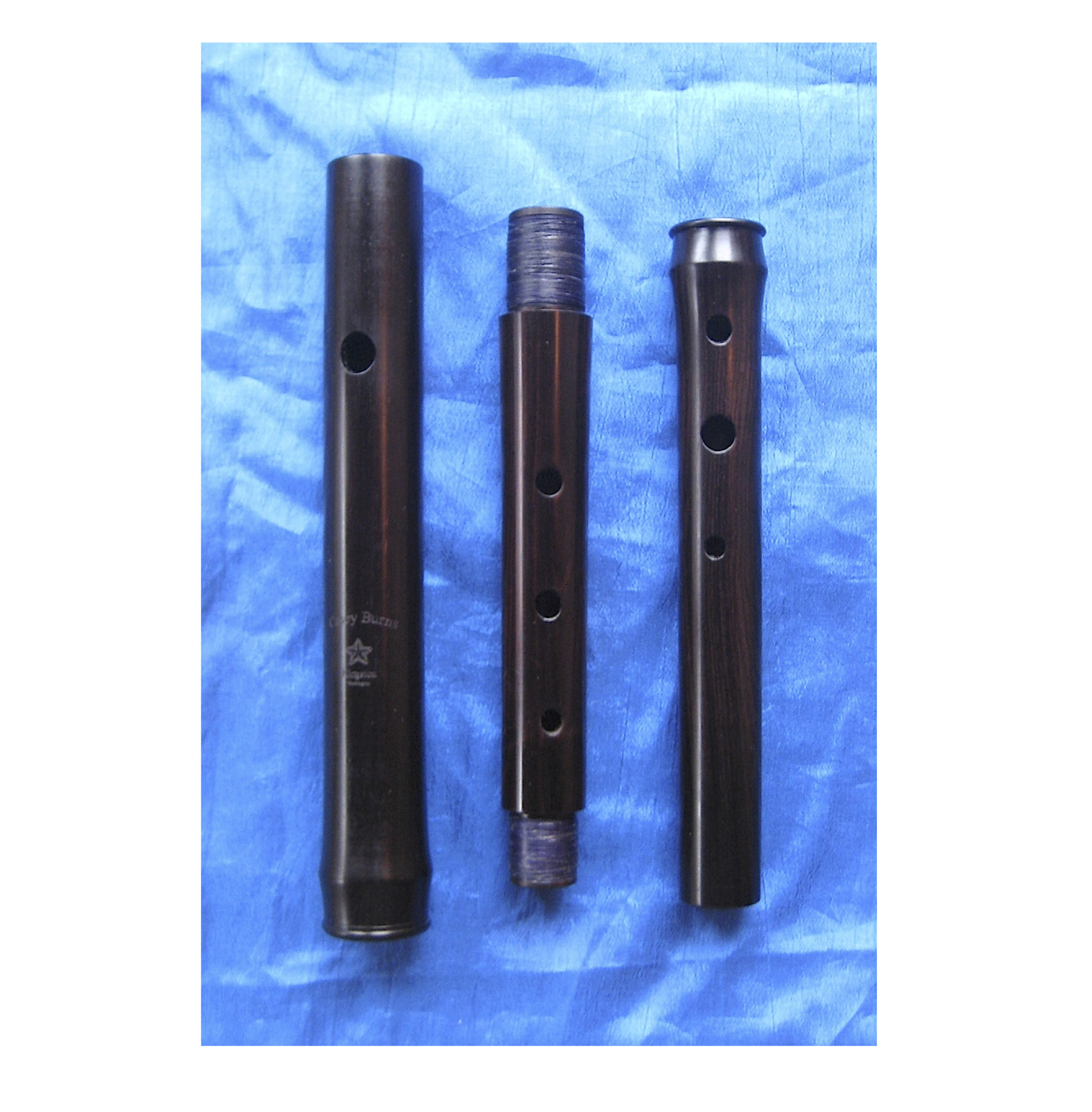
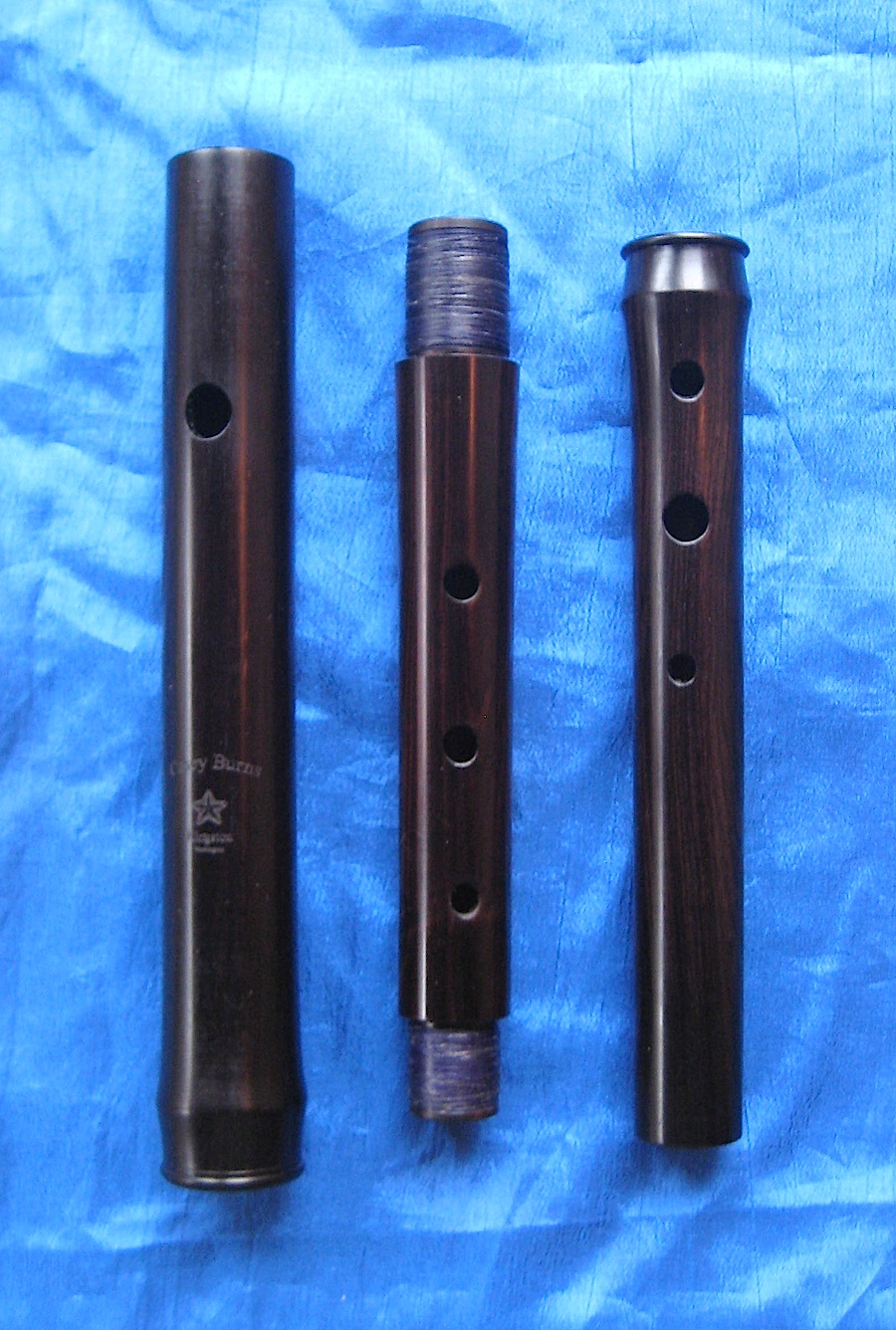

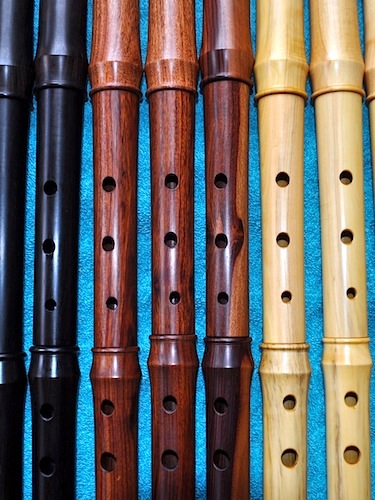
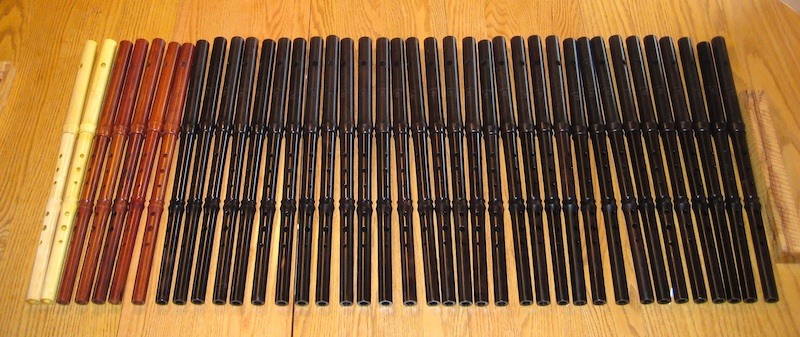
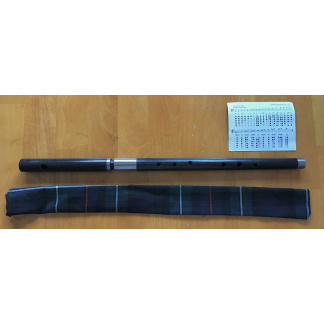

Reviews
There are no reviews yet.